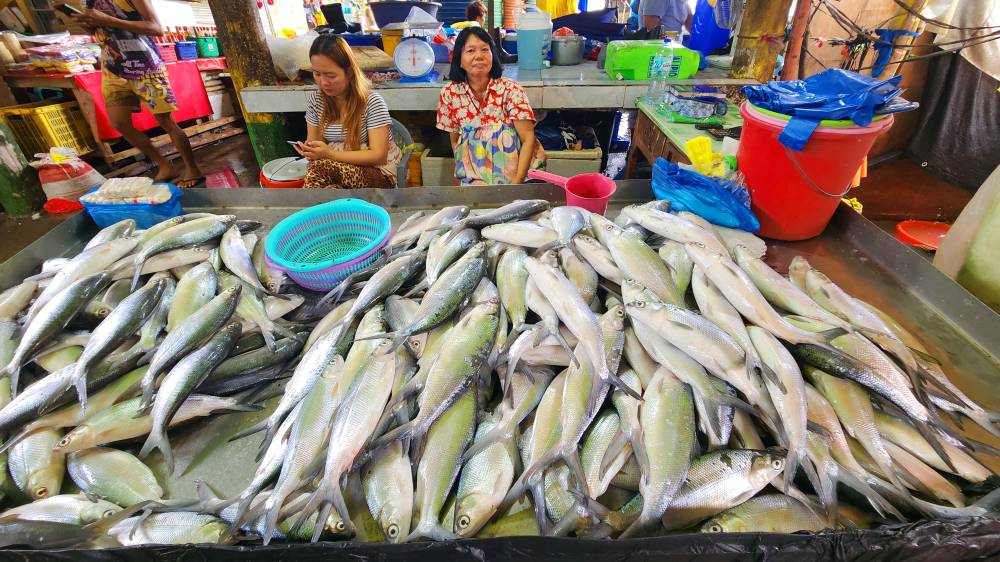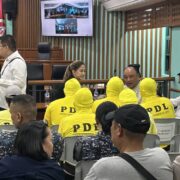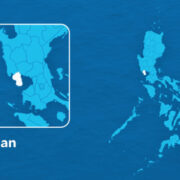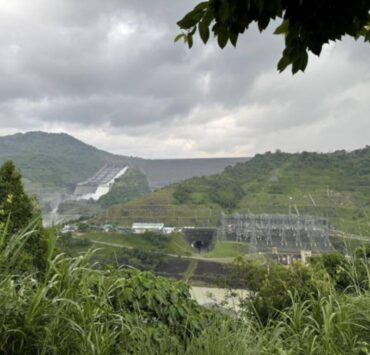Murky river water threatens ‘bangus’ ponds after floods

CALASIAO, PANGASINAN—After massive flooding due to the recent storms struck fishponds in Pangasinan, fish growers are now facing a new threat: murky river water, locally called “labo,” which may devastate the province’s aquaculture industry.
“Whatever we managed to save—either by harvesting our “bangus” (milkfish) or by setting up protective nets around our ponds—is now at risk again because of the labo,” Christopher Sibayan, president of Samahang Magbabangus sa Pangasinan (Samapa), told the Inquirer.
According to Sibayan, this water can carry bacteria that cause skin lesions and, in worst cases, fish kills.
Pesticide-laden
While Samapa has yet to consolidate all reports from its members, Sibayan said many fishpond and cage operators across several towns observed labo reaching their bangus farms.
Even fish cages installed along rivers in western Pangasinan have been affected. This murky water typically flows downstream following episodes of “danas,” or strong river current, often intensified by heavy rains and flooding.
The floodwaters and runoffs from agricultural lands—potentially laden with pesticides—are particularly harmful to bangus, which are highly sensitive to pollution.
Westly Rosario, former chief of the Bureau of Fisheries and Aquatic Resources (BFAR) Research Center in Dagupan City, said the polluted water could nurture harmful bacteria that threaten the entire bangus culture industry.
To avoid further losses, Sibayan had to forcibly harvest his one-to-two-month-old bangus (10 to 12 pieces per kilo) and sell them at P80 to P90 per kilo—well below the ideal market size and price.
“Many farmers are selling at a loss,” he said. “But it’s better than losing everything when the fish get sick.”
If not harvested in time, bangus exposed to labo would often show red skin that later develops into hemorrhagic lesions, which spread to the fins and gills, eventually killing the fish.
Sibayan also received reports of labo affecting other cultured fish like “lapu-lapu” (grouper) and malaga (siganid) in Dagupan City, forcing farmers there to harvest prematurely as well.
According to the BFAR regional office, the fisheries sector in the Ilocos region has already incurred P48 million in losses due to the combined effects of the southwest monsoon, or “habagat,” and tropical cyclones “Crising” and “Emong.”
Rosario Segundina Gaerlan, the BFAR regional director, said the figure was preliminary, as their office continued to receive field reports.
Aquaculture was the hardest-hit sector, with P26 million worth of stock losses and P9 million in damaged infrastructure.
Pangasinan bore the brunt of the damage, accounting for P19 million in aquaculture losses, including bangus, tilapia, siganid, malaga, prawns, catfish and white shrimp.
Capture fishing was also hit, with P4 million in damage to fishing gear and facilities, such as fyke nets, fish cages, “payao” (fish aggregating devices), traps and hatcheries.

















